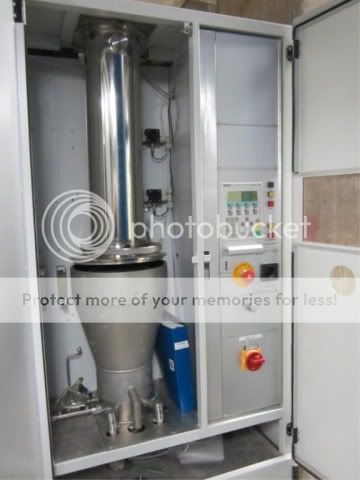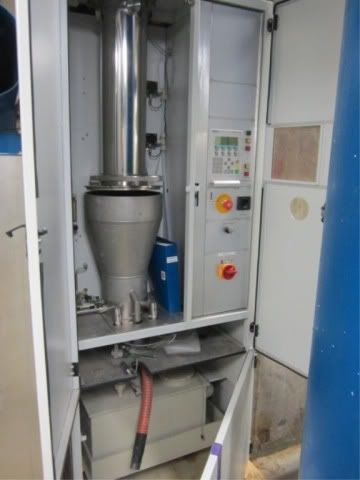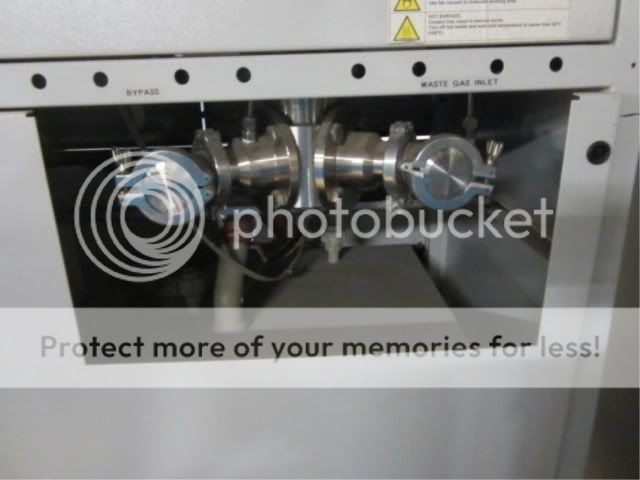I agree Geo.
All smoke is just incomplete combustion of fuel re-burning will eliminate smoke; NOx fumes are a little different story, as not everything in fuel or air burns.
Lets look at a fuel burning, for fire we need heat fuel and oxygen.
For fuel we will use common fuel of hydrocarbons, and air for oxygen.
The hydrocarbons contain hydrogen and carbon, the hydrogen does not burn, the carbon does.
In air we have mostly nitrogen with a smaller percentage of oxygen, the nitrogen does not burn the oxygen will burn.
So the oxygen and carbon form carbon monoxide (not enough air or incomplete combustion the carbon monoxide is a toxic gas), or if we provide enough air (3% excess air) then carbon and oxygen burn to form the safer carbon dioxide gas CO2.
The Hydrogen from the fuel joins with oxygen (when we supply enough air) to form water vapors in the flue gas or tail pipes of your car.
The nitrogen from the air that will not burn joins with oxygen to form NOx gas, not enough air we form nitrogen monoxide NO, with more air we form nitrogen dioxide NO2, when these gases leave our fire and the flue into the air NO mixes with air to form NO2, then NO2 mixes with moisture in the air to form HNO3 forming acid rain (actually nitric acid rain), exhaust gas re-circulation can help to lower the NOx, and catalyst in the automobile can help to put these back to nitrogen and oxygen.
Higher sulfur content in fuels such as diesel oil or coals, if flue temp is not hot enough the sulfur deposits can form in the flue (I have scrapped elemental yellow sulfur from boiler flues), if flue temperature is high enough the sulfur burns forming sulfur dioxide which when mixed with moisture in the air forms H2SO4 sulfuric acid rain.
After burners can help with smoke but they cannot help with the fumes that would need to be catalyzed or scrubbed to remove their ability to form pollution or acid rain
Proper air to fuel ratio and exhaust gas re-circulation can eliminate most all of the smoke and most of the dangerous pollutants and make the flue gas safer, but it will not eliminate all of the dangers.
Funny thing here but this pollutant we call acid rain, like the nitric acid rain, HNO3/H2O falls to the ground and gives plants the nitrates they need to grow, so in essence the pollutant becomes a fertilizer.


















































